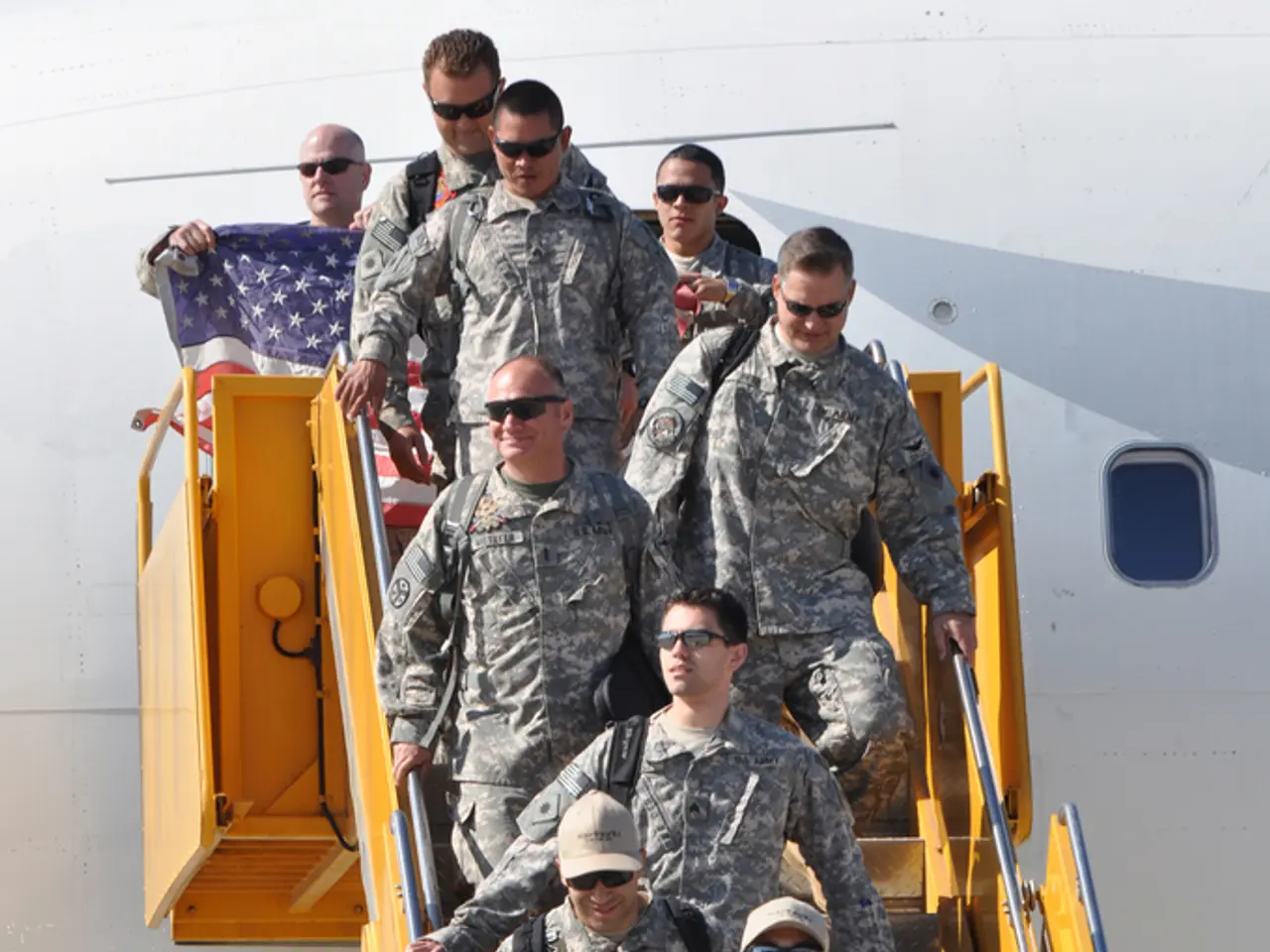Strained Relations Between U.S. and China Lead to Tarnished Reputations and Decreased Tourism
Waning Global Travel Trends: China vs. USA
Traveling the globe, it's clear that recent turbulences have hit China harder than the United States. Major German airports, Frankfurt and Munich, report a surge in US passengers, while numbers on flights to China dwindle. In 2019, worldwide travelers flocked to the US, outnumbering those visiting China since then.
Traveling to the States: A Booming Trend Under Trump
According to airline statistics, both Munich and Frankfurt airports have seen a rise in US passengers. Munich Airport counted nearly 1.2 million American travelers in the first five months of the year, an increase of 37,000 from the previous year. Frankfurt's numbers boast a 7,600 jump to 944,300 in the initial four months. However, these figures don't specify whether these flights were primarily carried by Americans or Europeans.
Many experts predict that Trump's second term will dampen US tourism. Estimates by the World Travel & Tourism Council assert that the US will suffer losses of over $12 billion this year due to fewer foreign visitors. Der Spiegel's latest issue highlights this Trump-induced travel crisis.
China's Plummeting Travel Figures: Pandemic and Political Factors
Air travel to and from Munich and Frankfurt has taken a dive this year. Munich experienced a decrease of 1,300 travelers to nearly 203,000 in the first five months, while Frankfurt recorded a drop of 27,000 travelers to 180,300 in the first four months compared to the previous year. This trend has continued with decreased passenger numbers to China through 2024, contrasting with an overall upward trend in US flights.
Tourism expert Dennis Utzerath of BCG Cologne attributes this shift to "China's accessibility significantly changing." Choppy waters during the COVID-19 pandemic and flight offerings drying up contributed to this downturn. The 2022 Ukraine war, moreover, has made it costlier for European airlines to navigate around Russian airspace, whereas Chinese airlines have not faced the same challenges.
Surprising Rebound in China Tourism
Despite the low numbers, tour operator Holger Baldus of Munich-based Studiosus asserts that Germany's appetite for China travels hasn't diminished. The limited availability of seats is the real culprit behind the declining figures. Intriguingly, there's been a surprising resurgence in China tourism from Germany, Austria, and Switzerland, which has been restricted mainly due to the scarcity of accessible seats.
The largest German tour operator, TUI, shares Baldus' observations, noting a resurgence in interest in China, with well-traveled tourists eager to explore the country.
China's streamlined visa policy and eased access to digital payment systems aim to boost international interest. Since the beginning of the year, Chinese authorities have reported around 17.4 million foreign entries, a significant increase from the previous year. Encouraging domestic tourism is another strategy, with new offers such as special trains for seniors catering to an older demographic.
Unlike the US government, Beijing remains proactive in courting tourists, hoping that this revival in travel will stimulate the economy.
China's continued struggle with its global travel and tourism industry can be attributed to several factors, including strict COVID-19 measures, geopolitical tensions, and slower recovery in outbound Chinese tourism. In contrast, the United States has shown a robust recovery in both domestic and international tourism markets. As a result, travel dynamics and revenue patterns have shifted, favoring countries with more accessible and open travel policies.
The new surge in US passengers at Munich and Frankfurt airports indicates a booming trend in traveling to the States, particularly under Trump's administration. On the other hand, travel to China has dwindled, leading to a decline in passenger numbers at the same airports, reflecting a challenging lifestyle for global travelers exploring the Chinese landscape.




